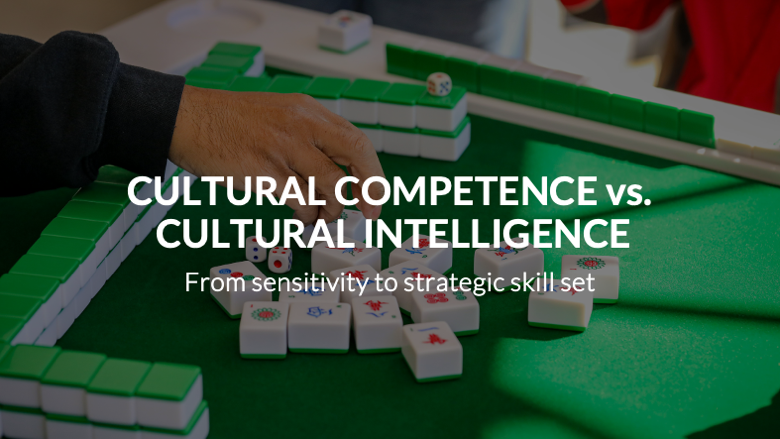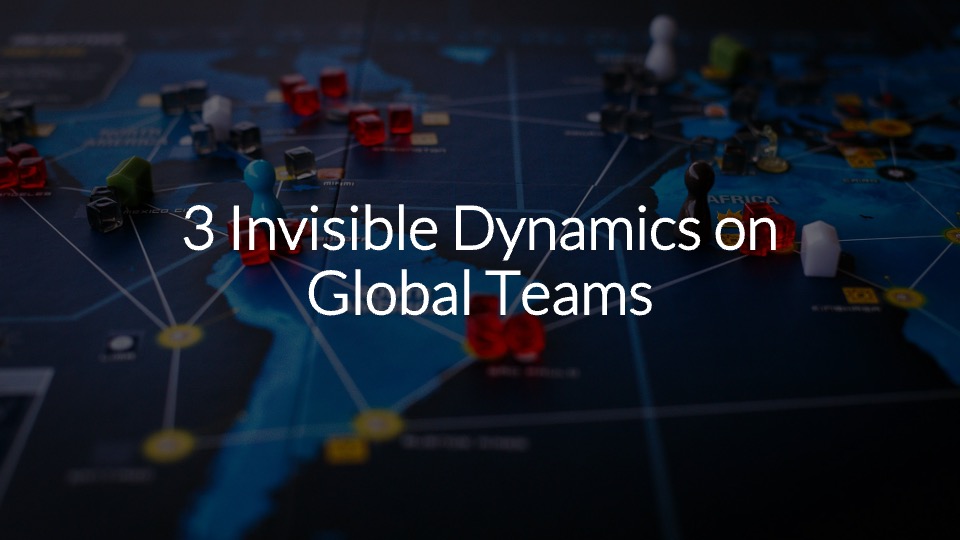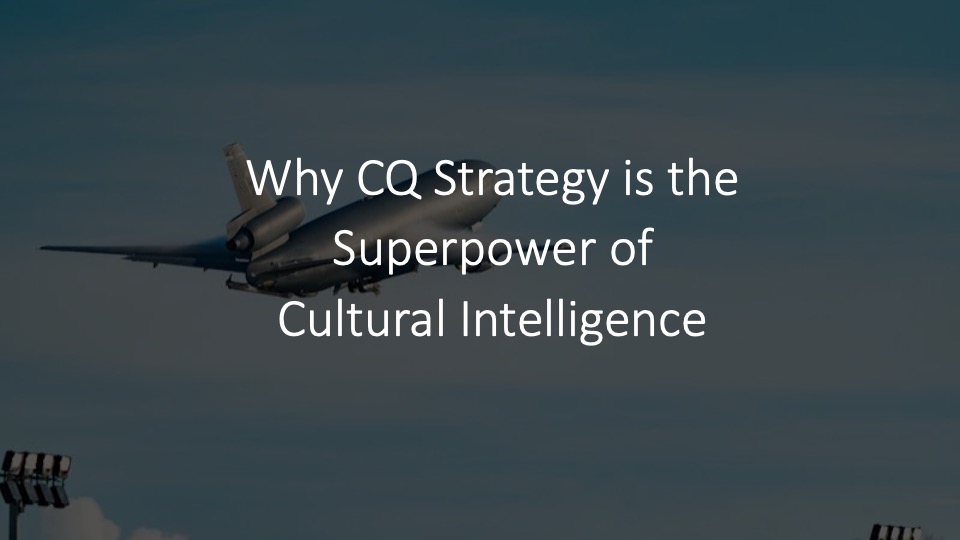Guest post by Emily Livermore, student at USC
Having spent so much time overseas, I’ve encountered hundreds of people who could be considered my “Other,” a sociological term to describe someone who comes from a starkly different socio-cultural background. And I know what it feels like to be the “Other.” My sister and I couldn’t even ride a bus in China without people randomly snapping pictures of us. But one of the most significant encounters I had with “otherness” was at the lunch table in my Michigan high school.
Gay Nay Paw, a Burmese refugee student began attending my school while I was in my 3rd year of high school. She arrived directly from a refugee community in Thailand and spoke virtually no English. I had never even heard the Karen dialect, her native language but this did not stop us from becoming friends. I can only imagine the culture shock she must have been facing arriving in a North American town that is 96 percent white. I will admit the language barrier was hard to get past and we spent most of our lunches together without saying much. At times that awkwardness really made me feel our otherness. The conversations between Gay Nay Paw and me were limited to basic phrases, charades, or her teaching me how to count to 10 in Karen. However, the strained conversation in no way limited what we both learned over the course of our friendship.
Initially, my peers and I struggled to know how to treat Gay Nay Paw as an equal. We never intentionally excluded her and certainly never made fun of her, but it was difficult to figure out how to invite her into our world. High school students typically avoid “otherness” and, at our school, Gay Nay Paw was clearly the “Other”. She didn’t act the same way, look the same way, or speak the same language. One day, one of my friends asked Gay Nay Paw what her plans were after high school. She didn’t seem to know how to respond, smiled, looked down, and eventually said, “I don’t know.” She didn’t even know where she would be spending the holidays and I was reminded of how vastly different our worlds are. But the otherness brought about some of our greatest moments together too. The first snowfall of the year happened during lunch. Gay Nay Paw had never felt snow so we all ran outside without our coats, and stood together as the snowflakes graced her face for the first time.
It was these kinds of everyday encounters together that made us seem so similar and so different at the same time. She didn’t know where her parents were or where most of her siblings were living, yet my family of four has never been separated for more than a few weeks at a time, and even then, we’re in constant communication with each other. Gay Nay Paw and I also discovered ways we were alike. We have similar tastes in music, enjoy learning languages, and share a love for animals. Together, we learned to enjoy both our otherness and our sameness. We were able to laugh together and this made me realize “otherness” is meant to be embraced. It doesn’t matter if communication takes more work than usual. Our unique friendship is something I will always treasure. She is such a strong person and she inspires me. It is interactions and relationships like this one that have built up my broad and colorful view of the world.
As we learn to face the potential awkwardness of being with our Other, we discover a rich gift in our differences while also finding out we aren’t as different as we may have thought.
—-
Emily Livermore is a film student at University of Southern California and is inspired by the power of film to communicate globally. She grew up getting to travel the world and views herself as a global citizen. When she’s not making films and studying, she loves to make music, go rock climbing, and explore LA with her friends.




